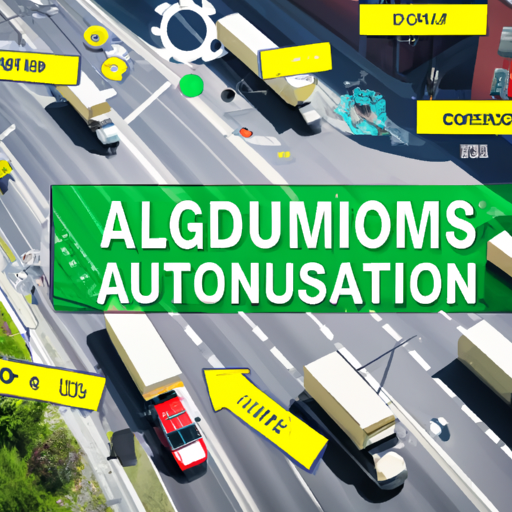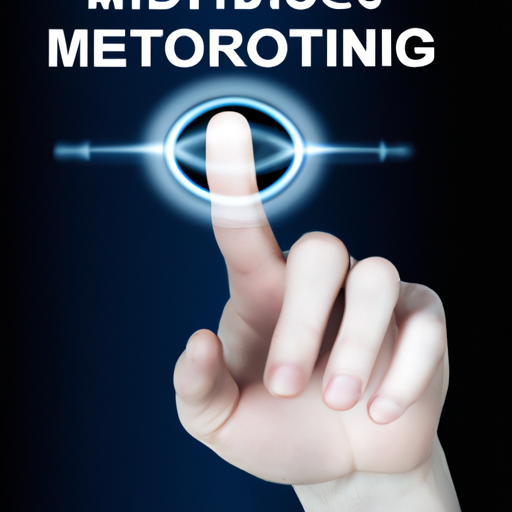Natural Language Processing (NLP) has seen remarkable improvements in recent years, transforming the way technology interacts with human language. These advancements not only enhance machine learning capabilities but also empower artificial intelligence systems to better understand and generate human-like text.
The Latest Breakthroughs in NLP
Recent developments in neural networks and deep learning techniques have paved the way for powerful AI language models. These models can now analyze context, sentiment, and nuance in language, allowing for more sophisticated conversational AI applications.
- Improved Contextual Understanding: Modern NLP models such as Transformers have significantly enhanced the ability of machines to grasp the context of discussions, making responses more relevant and accurate.
- Advanced Sentiment Analysis: New algorithms enable AI systems to detect emotions in text, which can be applied in customer service, marketing analysis, and social media monitoring.
- Efficient Language Translation: With state-of-the-art NLP techniques, real-time language translation has become more accurate, breaking down communication barriers around the globe.
- Conversational AI Enhancements: Developments in speech recognition and synthesis create more dynamic and engaging interactions in chatbots and virtual assistants.
Applications of Improved NLP
The implications of these NLP advancements are widespread, affecting various industries:
- Healthcare: NLP is used to analyze patient data, streamline documentation, and enhance personal healthcare communication.
- Finance: Financial institutions leverage NLP for fraud detection, risk management, and customer service enhancements.
- Marketing: Businesses utilize sentiment analysis to refine their marketing strategies and improve customer engagement.
Looking Ahead
As we continue to see rapid advancements in Natural Language Processing, the future holds exciting possibilities for AI-powered communication. Innovations in NLP will not only revolutionize how machines interact with humans but will also create new job opportunities and services that further bridge the gap between technology and everyday life.
Conclusion
The recent improvements in Natural Language Processing signify a turning point in artificial intelligence. By enhancing the way machines understand and generate language, NLP is set to redefine our digital interactions and open new avenues for innovation in various fields. Stay tuned for more updates on this dynamic technology!
For further information on NLP developments, subscribe to our newsletter or follow our blog!




